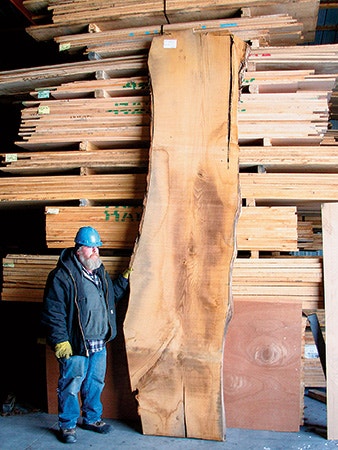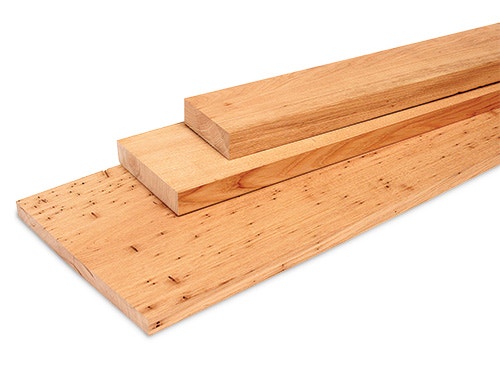American Chestnut: Castanea dentata
A devastating blight more than a century ago might not doom this once majestic species to oblivion after all.
When Europeans arrived in North America, 25 percent of all trees in the Eastern forests were American chestnut. They commonly stood over 100 feet tall and as much as seven feet in diameter. Chestnut was truly the "Eastern Giant."
American chestnut never exceeded one percent of the nation's total hardwood lumber output, but it made up 25 percent of lumber sales for the Appalachian region. When cut, the stump would sprout new stems that grew so fast they would quickly overtop oak and hickory. It was said that a squirrel could travel from Maine to Georgia on chestnut tree limbs without ever touching the ground.
Then tragedy struck in 1904: a blight was noticed around the area of the Bronx Zoo, introduced by ornamental Chinese chestnut trees planted at the zoo. American chestnut had no resistance to the blight, and it spread steadily. By 1950, 3.5 billion chestnut trees stood dead in the eastern United States.
The durability of American chestnut allowed for the continued harvest of the dead trees 20 years after their demise. Scattered living American chestnut trees remain on the Pacific coast and other areas where the blight has not yet invaded, but it is gone from its native range.
Hope for the Future

There is still hope. This blight has only killed the aboveground growth of American chestnut. Stumps and root stocks of trees infected over 100 years ago still sprout, grow to 6" to 14" in diameter, and die back.
The persistence of this rootstock is allowing scientists to intensively study ways to breed blight resistance into the tree. Thanks to the dedicated work of The American Chestnut Foundation (www.acf.org), 50 years or so from now we may again have some mature stands of American chestnut trees growing in the once-blighted regions of the East. For nearly 40 years, they have overseen a breeding program to develop a blight-resistant strain and now harvest nuts they believe will produce blight-resistant tree stock.
Shop Score Card
|
Uses: Durability and high resistance to rot and decay make chestnut ideal for split-rail fencing, posts and poles, siding and shingles. It also is entirely suitable for use in fine furniture. Hardness: Similar density and hardness to red oak. Country of Origin: Formerly stretching from Maine to central Mississippi and as far west as Indiana. Workability: Splits, saws and routs without issue and works easily with hand tools. Finishing: Readily accepts common topcoats without special finishing considerations. Cost: Expensive, given limited availability relative to other abundant and healthy native hardwoods. |
Keep the inspiration coming!
Subscribe to our newsletter for more woodworking tips and tricks



